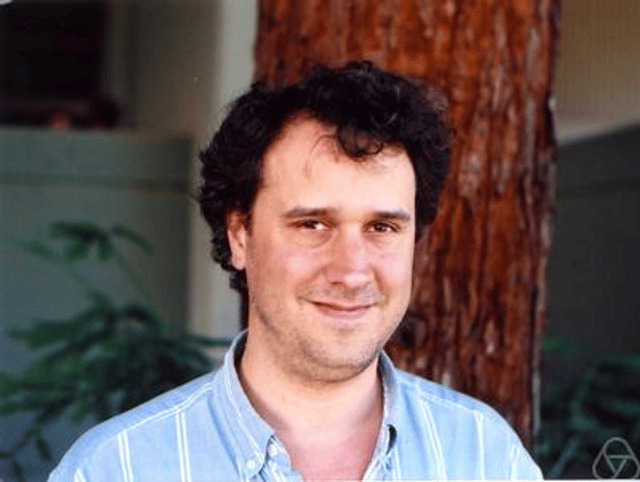Peter Ozsváth

Peter Ozsváth

Peter Ozsváth | |
|---|---|
| Born | October 20, 1967 Dallas, Texas |
| Nationality | United States |
| Alma mater | Princeton University |
| Awards | Oswald Veblen Prize in Geometry(2007) |
| Scientific career | |
| Fields | Mathematics |
| Institutions | Princeton University Massachusetts Institute of Technology Columbia University Yale University University of California, Berkeley |
| Doctoral advisor | John Morgan |
| Doctoral students | Elisenda Grigsby |
Peter Steven Ozsváth (born October 20, 1967) is a professor of mathematics at Princeton University. He created, along with Zoltán Szabó, Heegaard Floer homology, a homology theory for 3-manifolds.
He received his Ph.D. from Princeton in 1994 under the supervision of John Morgan; his dissertation was entitled On Blowup Formulas For SU(2) Donaldson Polynomials.
In 2008 he was named a Guggenheim Fellow. In July 2017, he was a plenary lecturer in the Mathematical Congress of the Americas.[1] He was elected a member of the National Academy of Sciences in 2018.
Peter Ozsváth | |
|---|---|
| Born | October 20, 1967 Dallas, Texas |
| Nationality | United States |
| Alma mater | Princeton University |
| Awards | Oswald Veblen Prize in Geometry(2007) |
| Scientific career | |
| Fields | Mathematics |
| Institutions | Princeton University Massachusetts Institute of Technology Columbia University Yale University University of California, Berkeley |
| Doctoral advisor | John Morgan |
| Doctoral students | Elisenda Grigsby |
Selected publications
Ozsváth, Peter; Szabó, Zoltán (2004). "Holomorphic disks and topological invariants for closed three-manifolds". Ann. of Math. 159 (3): 1027–1158. arXiv:math/0101206 [8] . doi:10.4007/annals.2004.159.1027 [9] .
Ozsváth, Peter; Szabó, Zoltán (2004). "Holomorphic disks and three-manifold invariants: properties and applications". Ann. of Math. 159 (3): 1159–1245. doi:10.4007/annals.2004.159.1159 [10] .
Grid Homology for Knots and Links [11] , American Math Society, (2015)